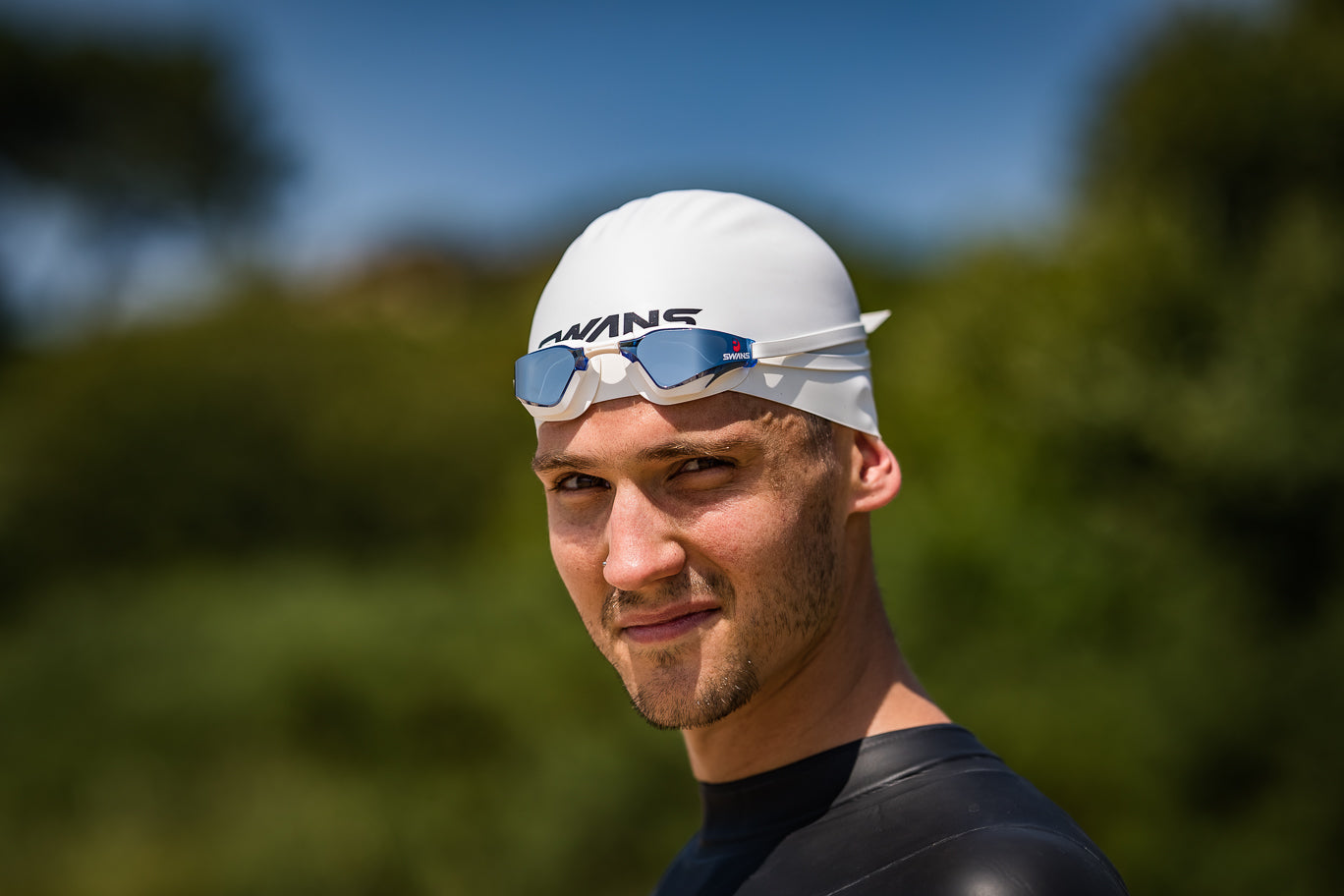Swimming goggles are essential gear for any swimmer, providing clarity and protection in the water. However, choosing the right pair involves understanding the features that cater to different needs. In this blog, we will delve into the differences between polarized, mirrored, and photochromic swimming goggles to help you make an informed decision based on your preferences and requirements.
-
Polarized Swimming Goggles: Polarized lenses are designed to reduce glare caused by sunlight reflecting off water surfaces. This feature is particularly beneficial for outdoor swimming, where the sun's rays can create blinding reflections. Polarized goggles use a special filter to block horizontal light waves, minimizing glare and enhancing visibility. Swimmers who train in open water, such as oceans or lakes, often prefer polarized goggles for a more comfortable and clear swimming experience.
-
Mirrored Swimming Goggles: Mirrored goggles, as the name suggests, have a reflective coating on the outer surface of the lenses. This coating not only adds a sleek and stylish look but also provides additional protection against bright sunlight. Mirrored goggles excel in outdoor environments with intense sunlight, making them a popular choice for competitive swimmers and those who prefer a fashionable yet functional accessory. The mirrored coating reflects light away from the eyes, reducing eye strain and improving overall visibility.
-
Photochromic Swimming Goggles: Photochromic lenses, also known as transition lenses, adapt to changing light conditions. These lenses darken in response to UV light exposure and lighten when UV light decreases. Photochromic goggles offer versatility, making them suitable for both indoor and outdoor swimming. They automatically adjust to the surrounding light, providing optimal visibility in various conditions. Swimmers who transition between indoor and outdoor pools or engage in long-distance swims with varying light levels may find photochromic goggles to be a convenient choice.
Choosing the Right Goggles for You: When deciding between polarized, mirrored, and photochromic swimming goggles, consider the following factors:
-
Swimming Environment:
- For open water and bright outdoor conditions, polarized or mirrored goggles may be preferable.
- For versatility in different environments, including indoor and outdoor swimming, photochromic goggles are a practical option.
-
Personal Style:
- Mirrored goggles offer a stylish and reflective appearance, making them popular among fashion-conscious swimmers.
-
Budget:
- Prices may vary based on the technology and brand. Consider your budget while exploring the options.
-
Use and Maintenance:
- Ensure that the goggles are easy to clean and maintain for longevity.
Understanding the differences between polarized, mirrored, and photochromic swimming goggles empowers swimmers to choose eyewear that aligns with their specific needs and preferences. Whether you prioritize glare reduction, fashion-forward designs, or adaptability to changing light conditions, the right pair of goggles can significantly enhance your swimming experience. Dive into your aquatic adventures with confidence, equipped with the perfect pair of goggles tailored to your requirements.


